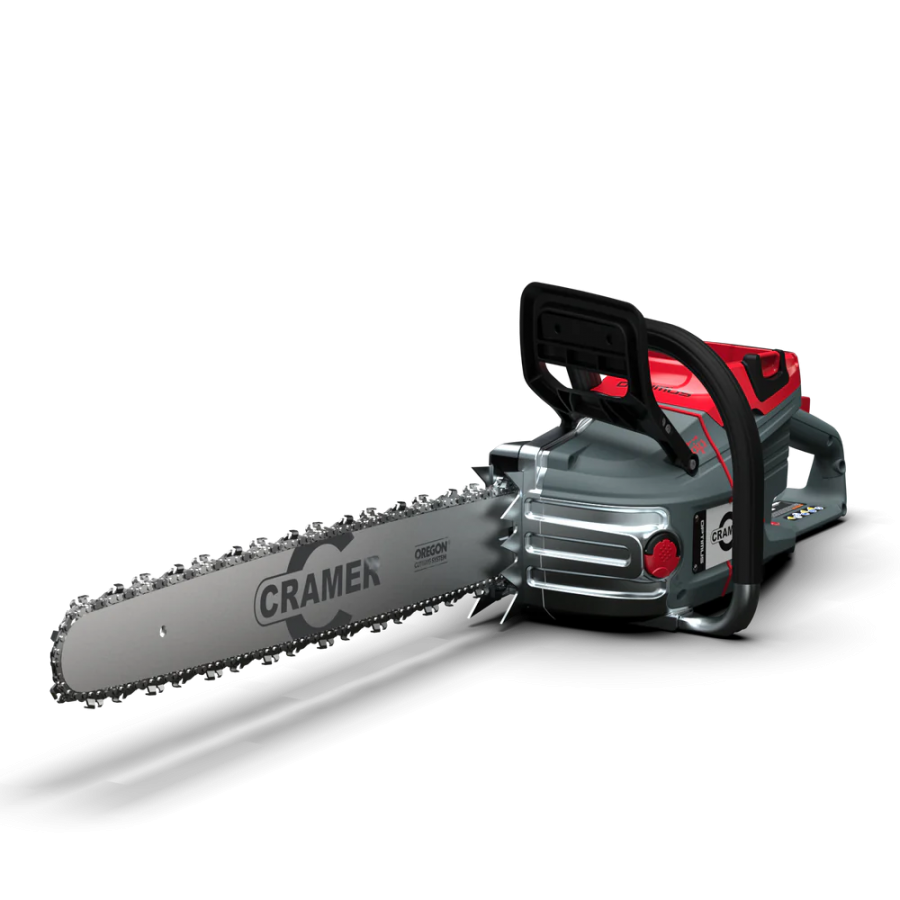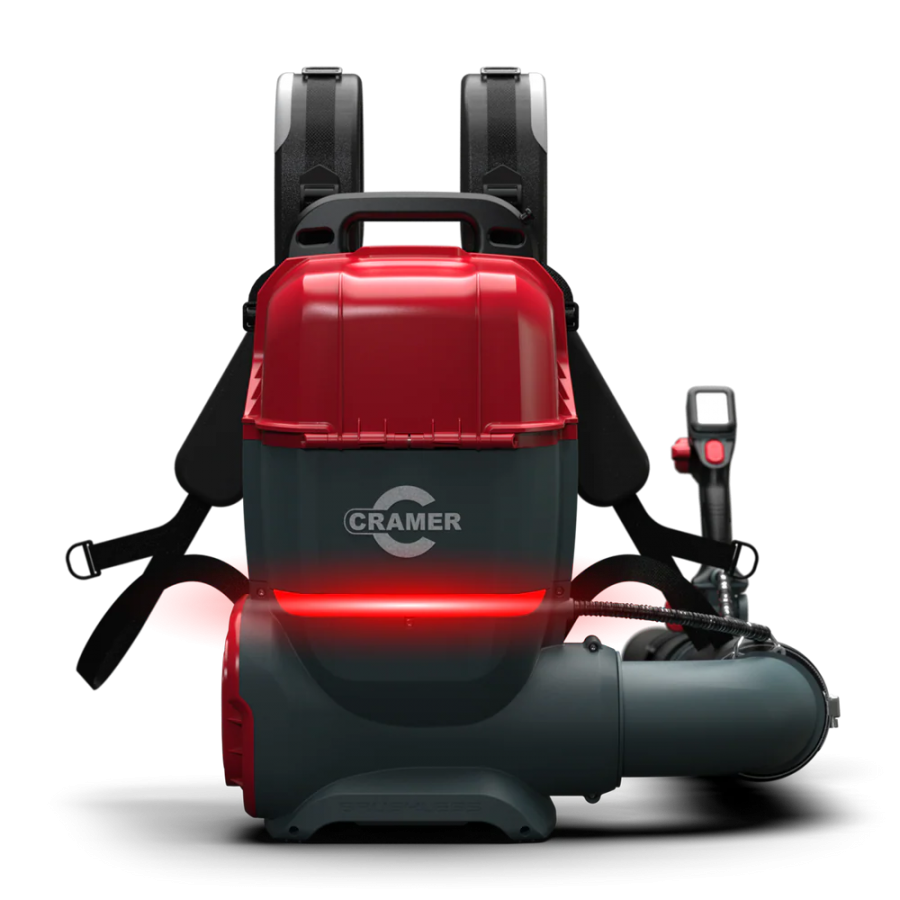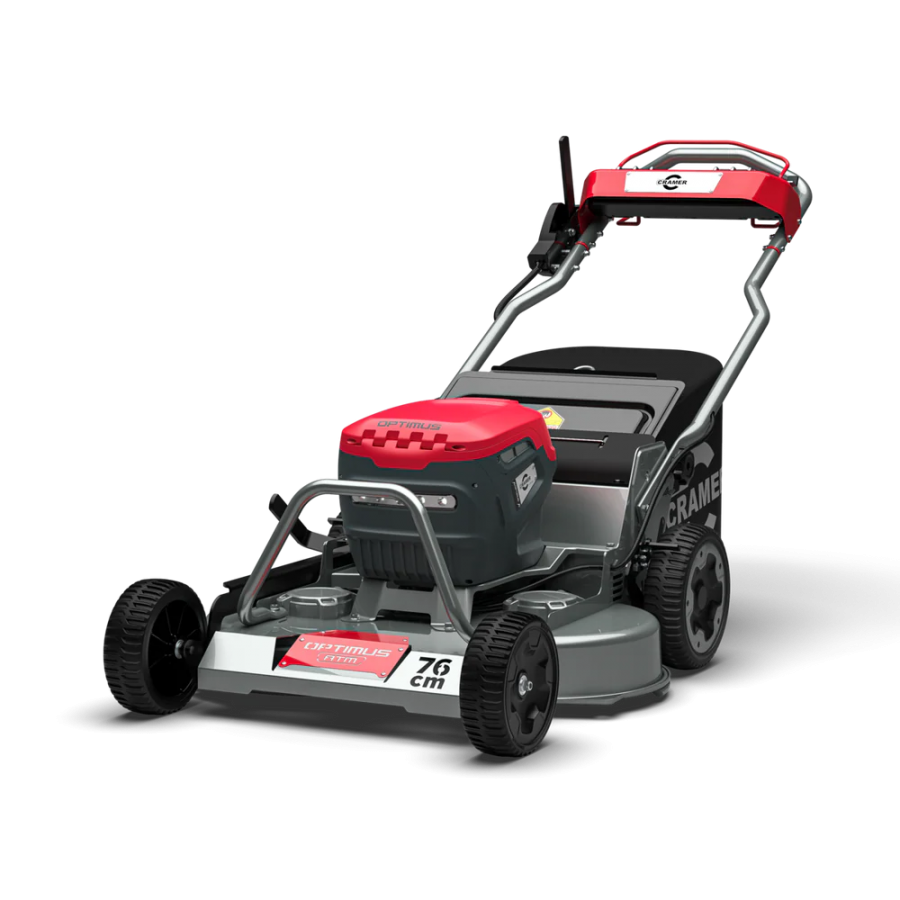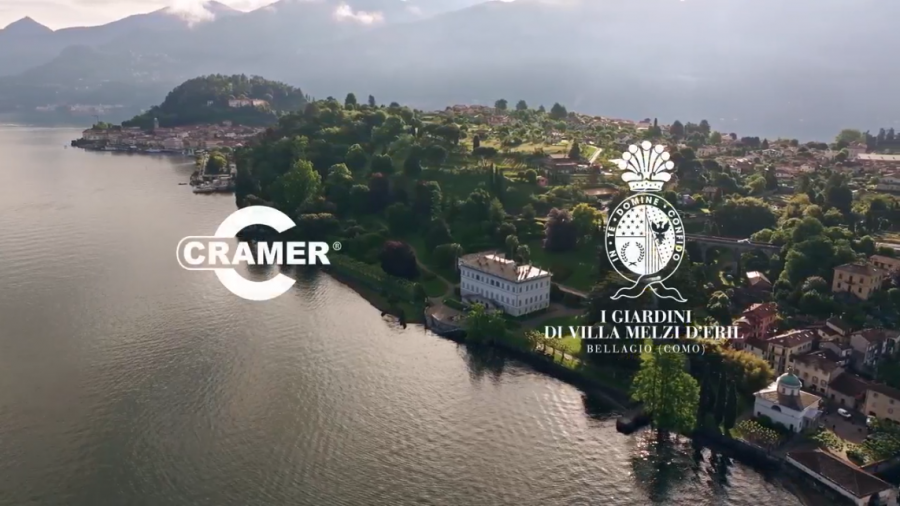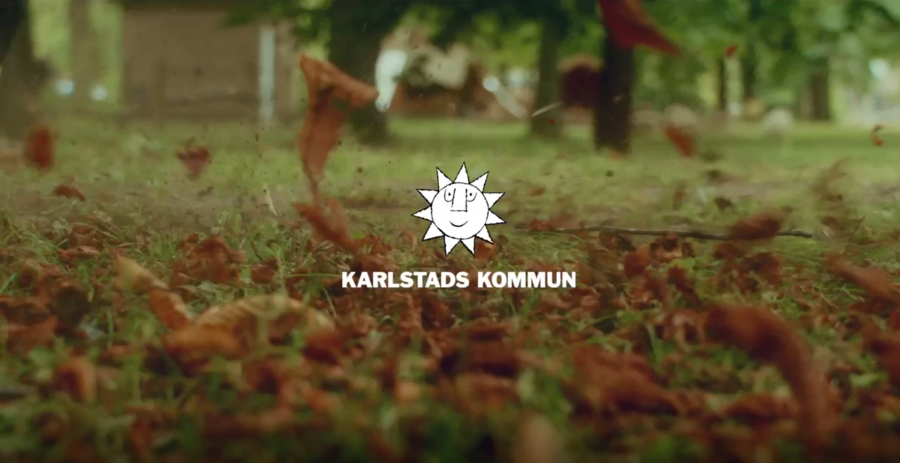
The
severe storms and widespread flooding of winter and early spring 2014
have highlighted the vulnerability of our coastal and low lying
communities and the importance of making sure appropriate flood
protection and erosion prevention measures are in place.
Break-out
panel
XYZ
of Landscape & Amenity Product Update reflects on the recent
storms and floods which caused so much disruption and asks "what
resources can industry provide to help prevent it happening again?"
It
is widely recognised that the building and maintenance of adequate
protective embankments and erosion prevention measures are crucial
priorities if a repeat of the recent devastation to coastal and
flood-plain communities is to be prevented.
Engineers
and manufacturers have their work cut out to address these challenges
and one company at the sharp end of erosion protection and
watercourse management is Oxford based Maccaferri.
Best
known for the ubiquitous wire mesh Gabion Basket system, the company
has developed hugely and is now a world leader in innovative
environmental engineering solutions with expertise in erosion control
and river training, retaining walls and soil reinforcement, coastal
protection, and other related disciplines.
Over
recent years the company has provided creative and cost efficient
solutions to a variety of water related engineering challenges. Here
we take a look at a handful of examples.
Rutland
Water
At
Rutland Water, the largest reservoir by surface area in England,
engineers installed the company's Enkamat A20 erosion prevention
matting on the waterside embankment slopes to prevent water scour
caused by wind-blown waves.
Enkamat
is a high performance, three-dimensional matting made of polyamide
monofilaments pre-filled with bitumen bound mineral filter of dense
stone chippings. At 22mm thick and with a weight of 20kg/sqm, Enkamat
A20's composition and solid mass provides an immediate erosion
protection. Its open, woven texture also allows vegetation to grow
through its structure, resulting in a naturally vegetated slope
within a few months.
The
system has
been widely used on river or canal banks, lakes and reservoirs
throughout Europe and is designed to be resistant to the wave action
caused by small ships and pleasure craft passing by.
Boscastle
At
the pretty sea-side Devon village of Boscastle, the scene of
devastating flash flood in 2004, Engineers Halcrow used over
7000 sq metres of Maccaferri wire mesh, Reno Mattress units and Mac
Mat R geomats
in planned remedial work to reinforce and protect embankments
of the River Valency, which runs through the village to the sea.
Reno
Mattresses are large flat wire cages,
similar to gabions,
lined with
filter fabric and filled with site won fill material. At
Boscastle, they were
overlain with
Mac Matt R, a three dimensional mesh
reinforced geomat.
Together
they create a
hard, durable embankment protection system capable of withstanding
extreme flow velocities
and impact from water-born
debris.
Embankment
reinforcement
Simplicity,
durability and speed of construction have made stone filled Gabions
the default material for embankments stabilisation and erosion
protection. Their physical mass and open, free draining composition
gives them enormous structural strength and resistance to hydrostatic
pressure. Here, pre-filled Gabions are placed below and above the
waterline to reinforce riverside banking close to an historic
stone-arch bridge.
Beach
protection
ACBM's
or Articulated Concrete Block Mattresses sit at the heavy end of
coastal erosion protection measures. At up to 8.30 tonnes in weight,
each ACBM consist of a mattress of individual concrete blocks which
are secured together with high strength steel cables. When installed
they help stabilise and reinforce intertidal zones and mitigate
against the scouring effects of wave action.
Coastal containment
MacTubes are giant
geotextile tubes designed for building
coastal and river structures for erosion protection, containment and
dewatering of
wet slurries and the reusing of dredged material.
As a "soft"
armoured structure, they offer minimal impact to the environment
while providing a cost effective alternative to "hard"
structures.
MacTubes are designed for
use as: revetments
- to protect against erosion of shoreline adjacent to existing
buildings; as beach protective groins
or breakwaters; as
dykes - to
form a containment area in which to pump dredge spoils; as
dune cores and
as artificial reefs,
installed offshore to replace natural barriers.
Green
reinforcement
Where
soft erosion protection is required for vulnerable channel banks,
Maccaferri provides pre-bundled Coir Logs which can installed at the
water-line where they prevent wave action from damaging river or lake
banks. They are designed to rapidly re-vegetate and can be supplied
pre-planted with established riparian species for instant bank
vegetation.
The
plants quickly trap sediment and soils in suspension in the channel
flow, refilling eroded pockets in the existing banking.
Coir
Logs contain densely packed coir fibres within either a polymer mesh
'sausage' or within a woven coir mesh, to produce an entirely natural
coir log. These bio-degrade over a period of years to leave a
stabilised bank of plant biomass.
Emergency
hydraulic protection
Hand
place sand bags are probably the most recognised and basic tool in
emergency flood prevention for homes and commercial properties.
At
a much larger scale MacBags are non-woven polypropylene geotextile
enclosures made in a range of sizes and designed to enable machines
to lift the pre-filled bag for into position.
Software
To
help engineers model and assess how changes to channel profile and
surface characteristics affect crucial flow patterns in rivers,
streams and other watercourses, Maccaferri also has a free software
package available.
The
"Macra 1" software package is simple and straightforward to
operate and allows users to calculate flow depths in rivers and
watercourses and see how altering the channel profile or modifying
surface characteristics, such as by adding vegetation or applying
protective measures, can affect watercourse performance,
instantaneously.


